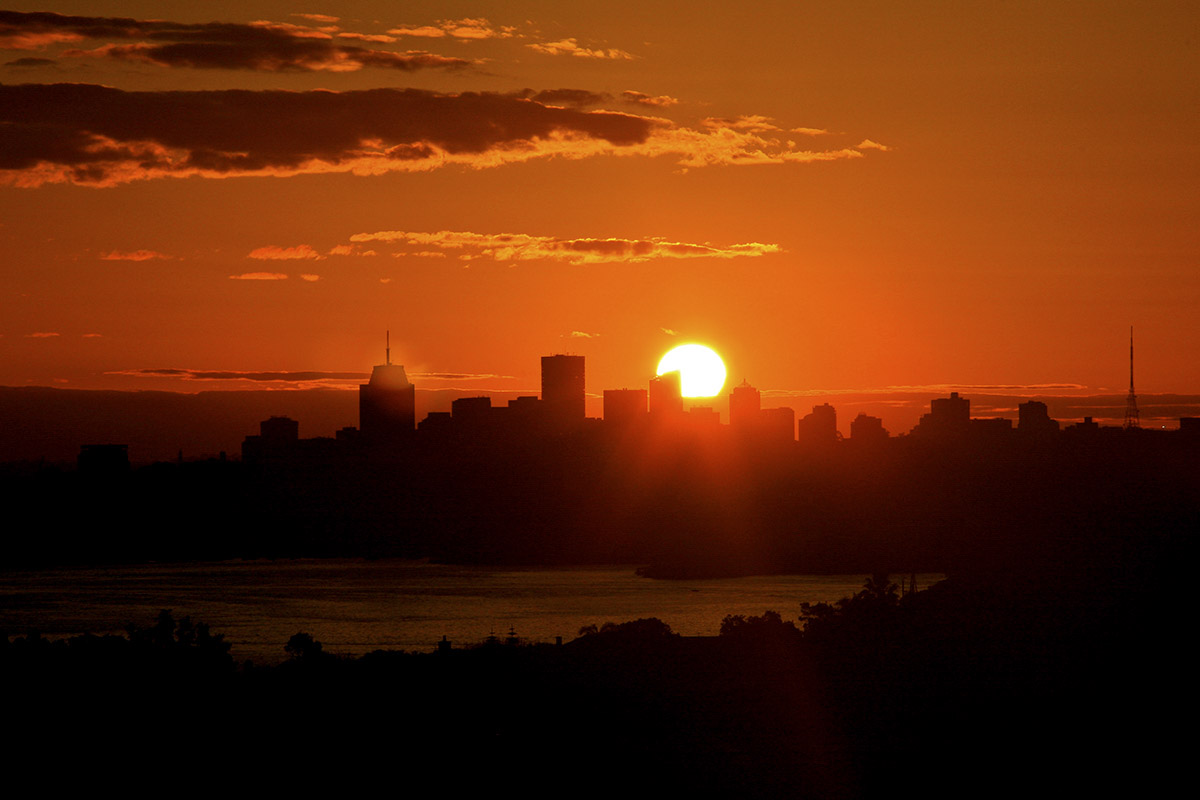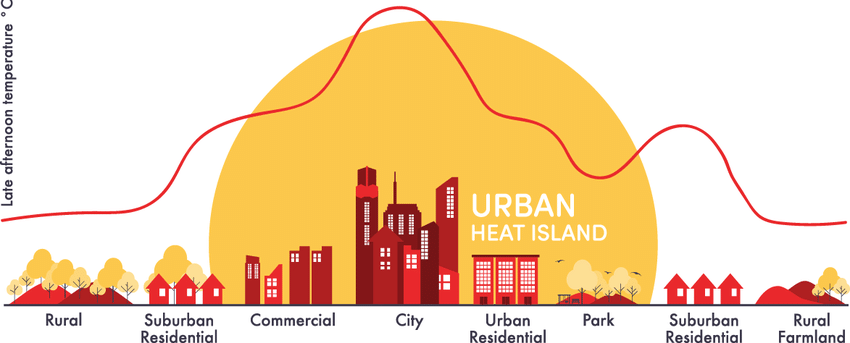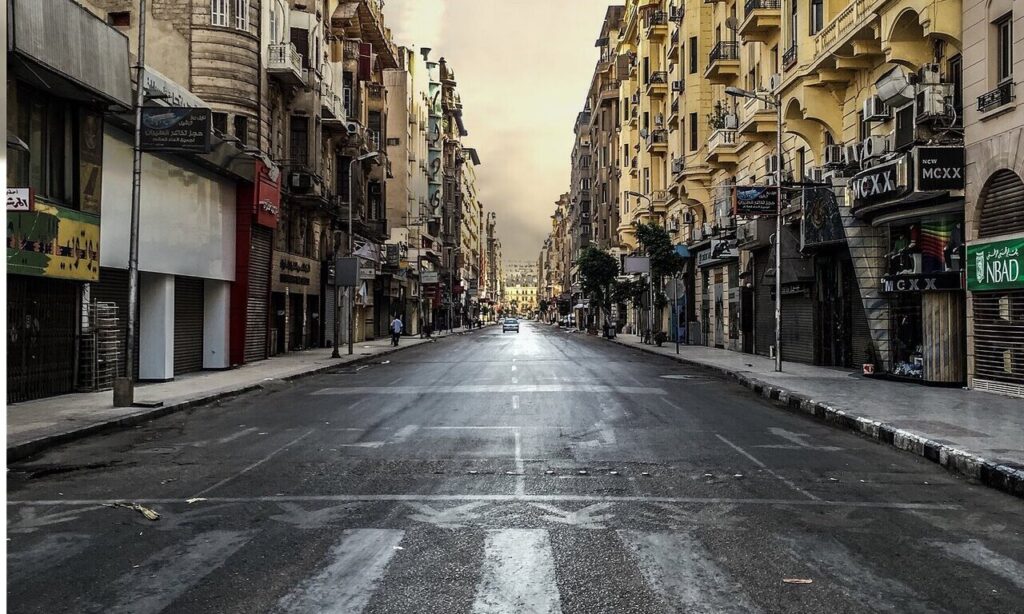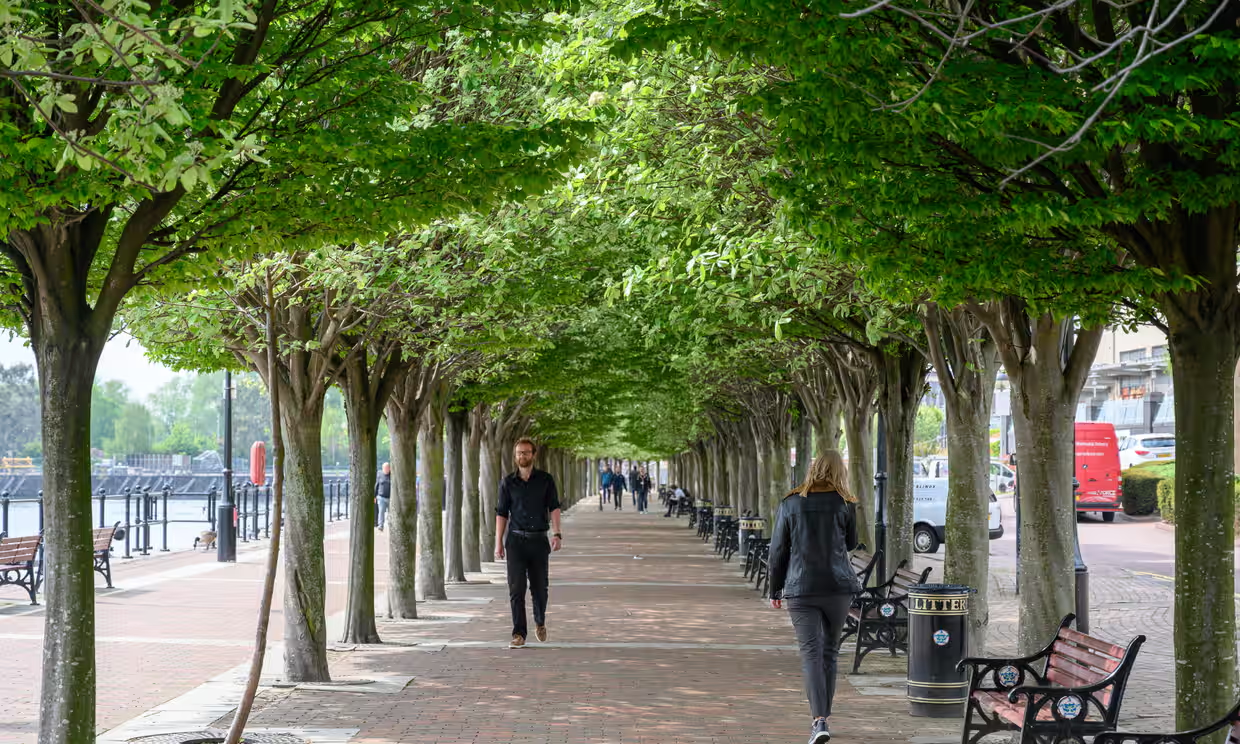What are Urban Heat Islands?
Cities and urban centers experience much hotter temperatures than nearby rural areas. This is due to city surfaces (asphalt, brick, glass, etc) being able to absorb and retain more heat than rural ground cover (grass, trees, crops). Cities also have a higher concentration of heat-producing activity, such as cars, air-conditioning, and industry. A lack of vegetation and evaporation in cities keeps the area warmer than less developed areas.
Studies and data found that in the US, the heat island effect results in daytime temperatures in urban areas about 1–7°F higher than temperatures in outlying areas and nighttime temperatures about 2–5°F higher.
Climate Change Impacts
Extreme heat events (multiple days of super high temperatures in a row) are becoming more common as climate change drives up average temperatures and the world becomes more urbanized.
People who live in cities are going to face higher temperatures and stronger heat waves in the future as the climate warms.
Urban Surfaces
Impervious Surface are surface types that repel the penetration of water. Some examples include roads, sidewalks, buildings, parking lots, concrete, and asphalt. Impervious surfaces store heat during the day and release it at night, preventing cooling. In turn, this increases heat related health effects and the creation of ground-level ozone and smog.
Albedo is defined as the incoming sunlight or solar radiation reflected by a surface. Roads, sidewalks, buildings, and parking lots all have low albedo. These surfaces absorb more sunlight and radiate it back into the city as heat. Interestingly, water has low albedo as well. In coastal cities, water can sometimes increase UHI!
Environmental Justice Concerns
The Urban Heat Island effect does not impact everyone equally. Marginalized and low-income communities are disproportionately impacted by environmental stressors.
The Data Driven EnviroLab found that people of color have higher urban heat exposure than non-Hispanic white people in 97% of cities, and people living in poverty have higher UHI exposure than people with moderate or higher income in 70% of cities. These disproportionate effects lead to higher temperatures, heat-related illness, worse air quality, and higher cost burden of AC in lower-income areas.
This is due in part to the “redlining” of minority neighborhoods by the federal government in the 1930s. They created maps that rated the riskiness of real estate investment in different neighborhoods- Black and immigrant neighborhoods were often deemed “hazardous” for investment, which fueled cycles of disinvestment from these areas. Today, these neighborhoods are on average 5 degrees Fahrenheit hotter than their white counterparts, according to the New York Times. This is because there are fewer parks and green spaces, and a higher concentration of pavement, highways, and industrial activity located nearby.
Impacts of Increased Heat

“Heat-related mortality in the USA causes more deaths (around 1,500 per year) than other severe weather events”
Hsu et al. 2021
The Urban Heat Island effect contributes to a range of public health issues. These include, but are not limited to heat-related mortality, non-fatal outcomes such as heat stroke, heat exhaustion, dehydration, loss of labor productivity, decreased learning, and negative impacts on psychological and social wellbeing.
The UHI is especially dangerous when temperatures do not return to normal overnight, as this prolongs heat stress and doesn’t allow our bodies to cool off.
Cooling Techniques
How can we help reduce the UHI effect in our own cities and urban areas? Here are a few cooling techniques used to lower urban temperatures:
- Increasing tree and green cover
- Installing green roofs
- Installing cool (reflective) roofs
- Using cool pavements (either reflective or permeable)
- Utilizing smart growth practices.


